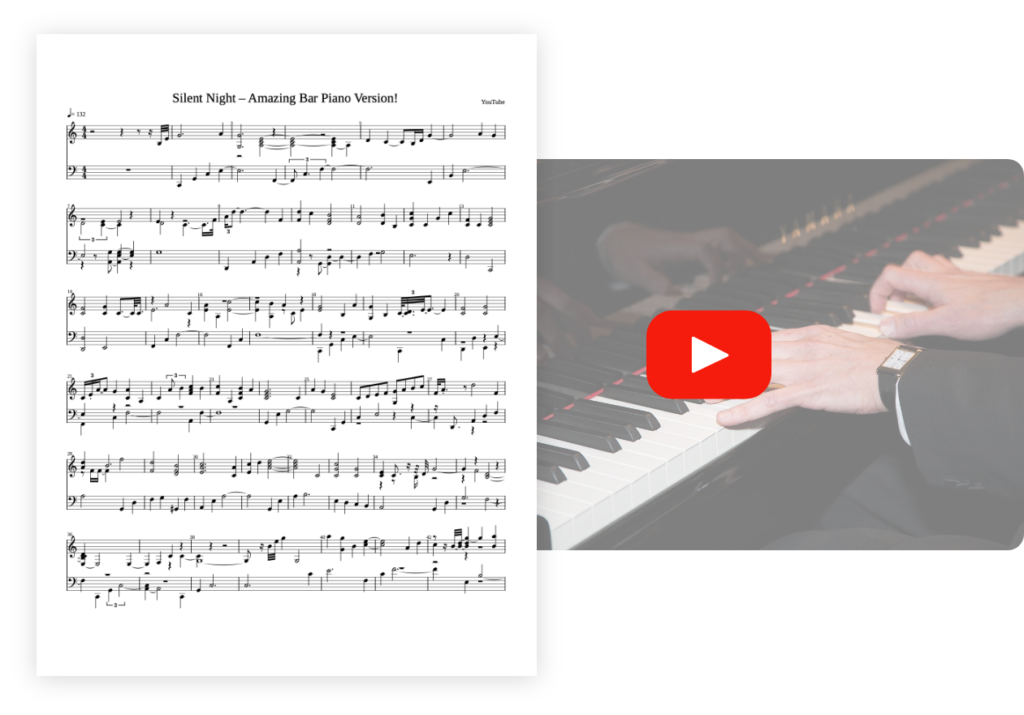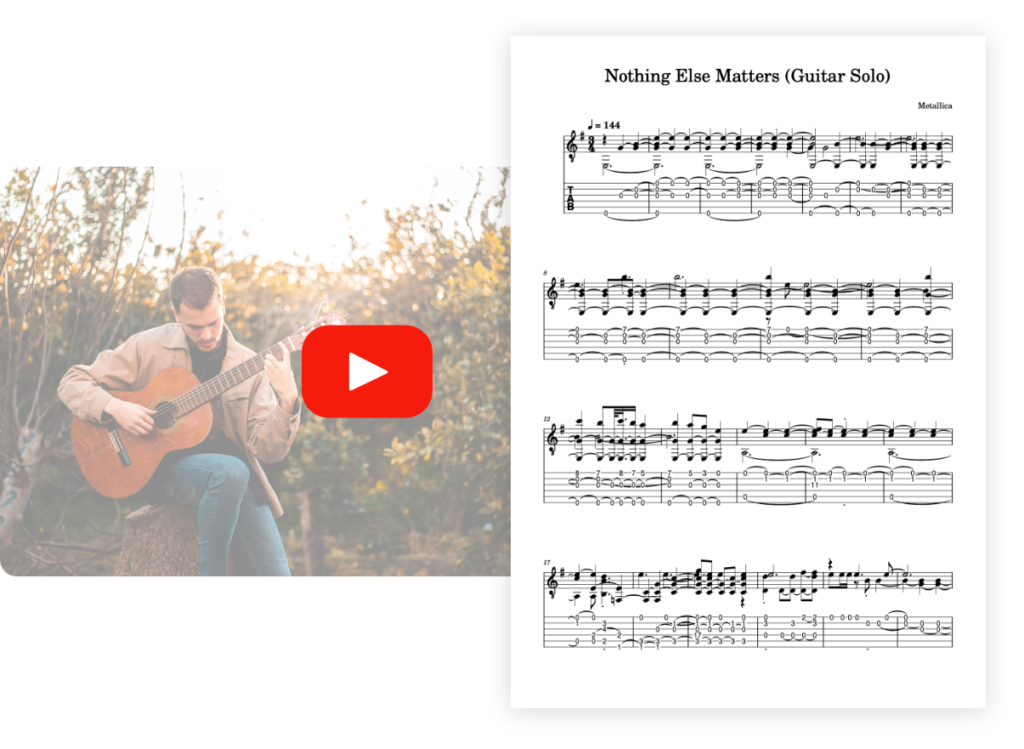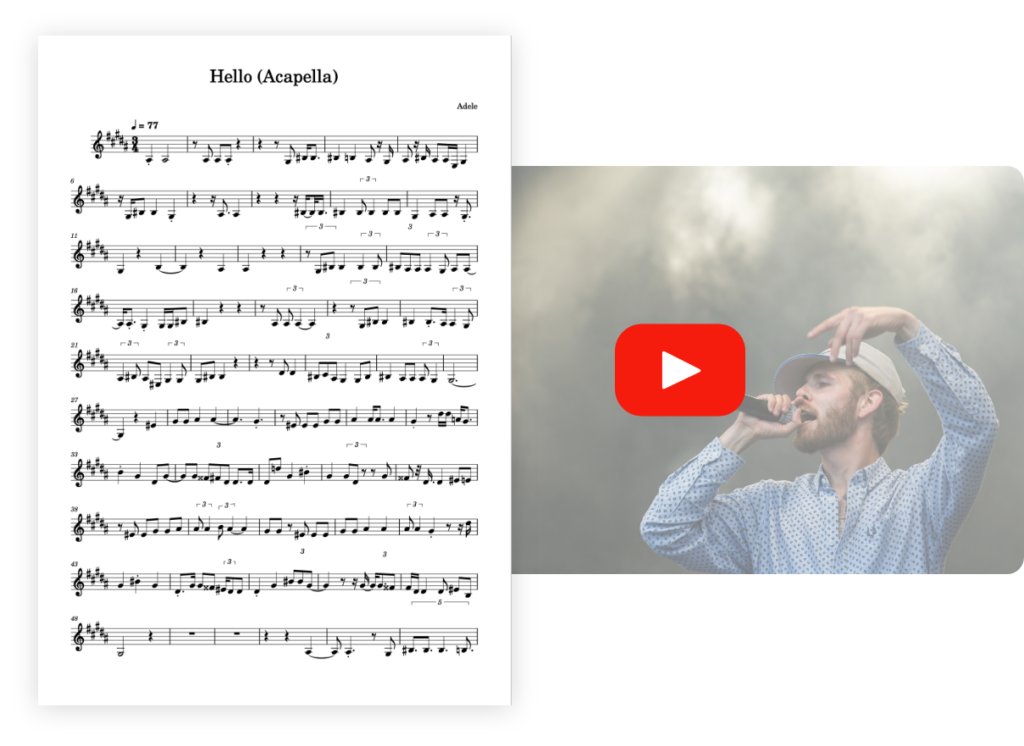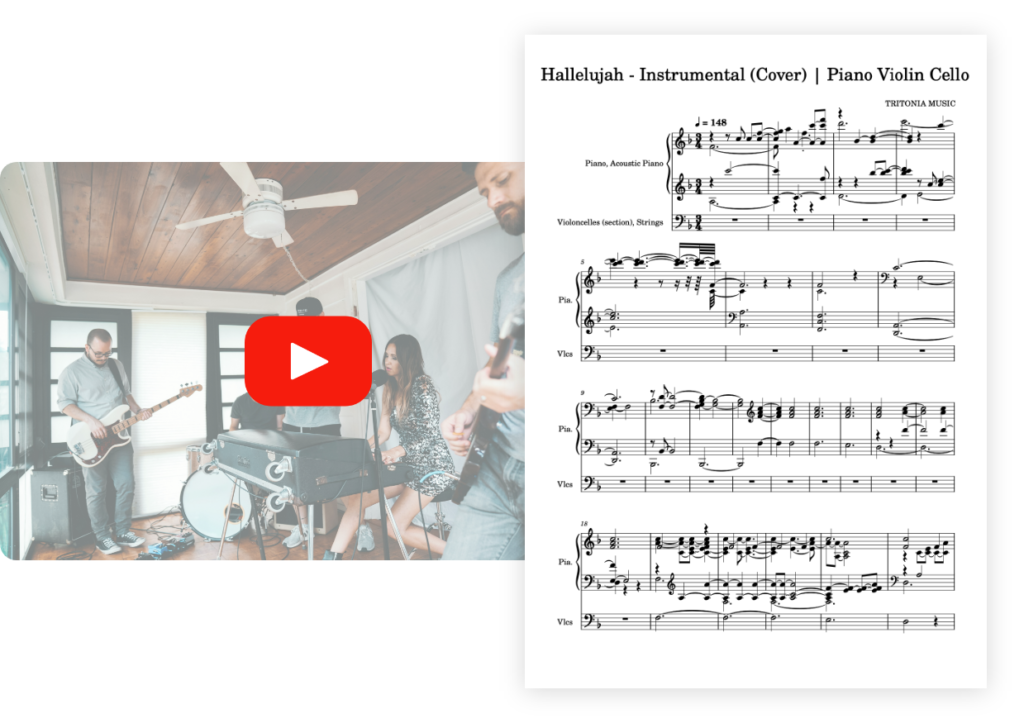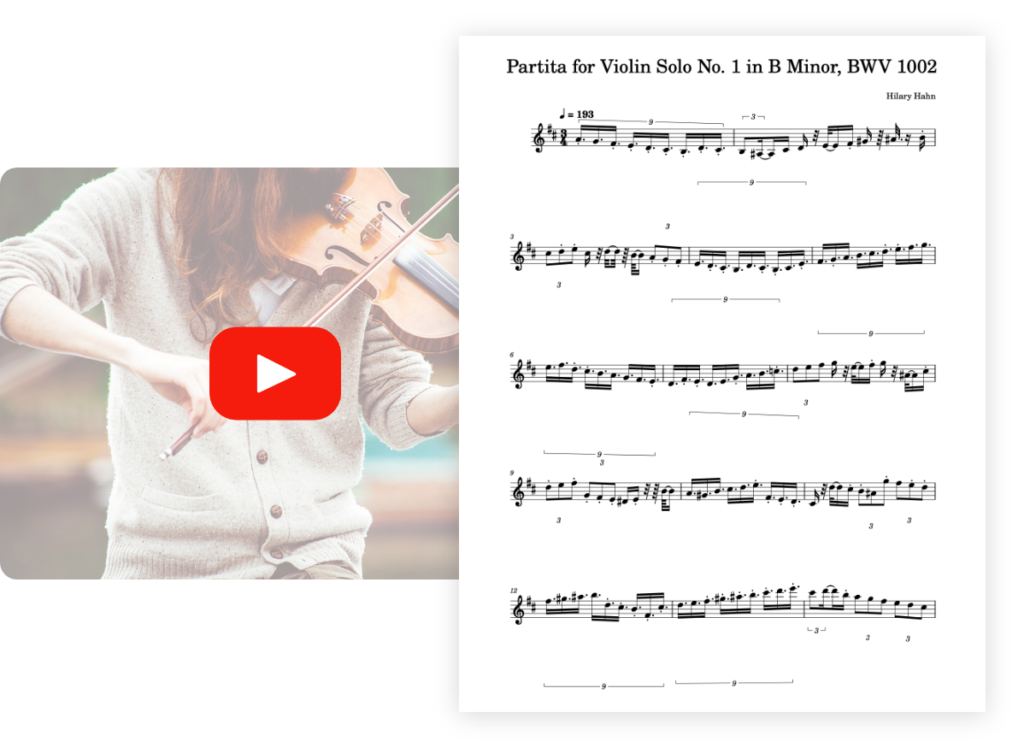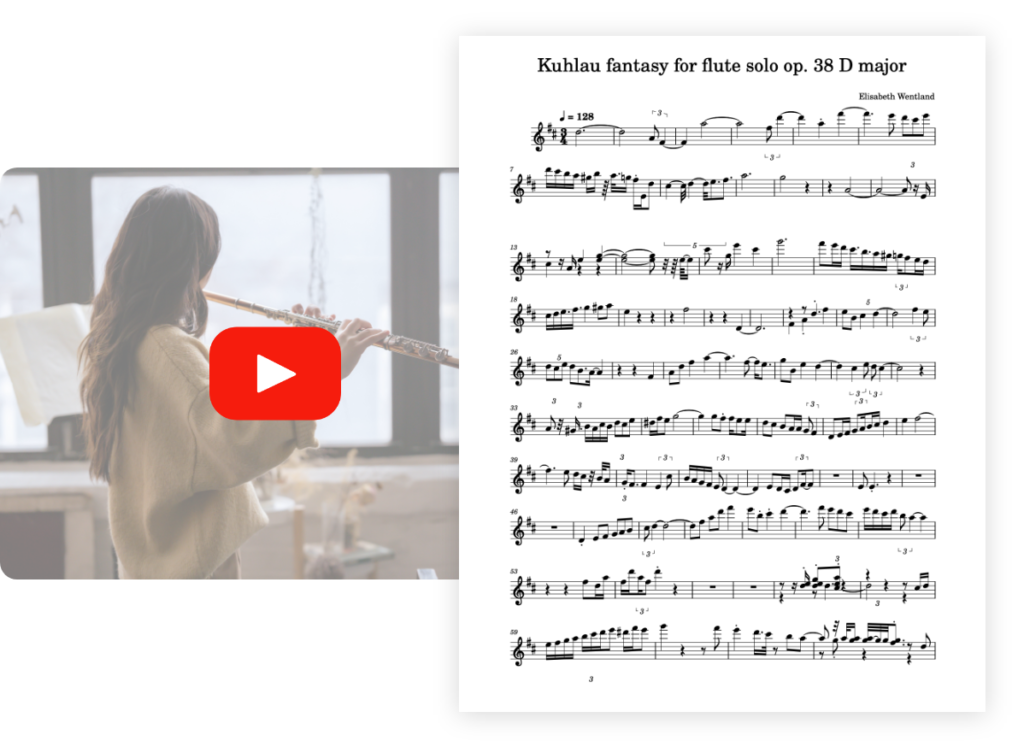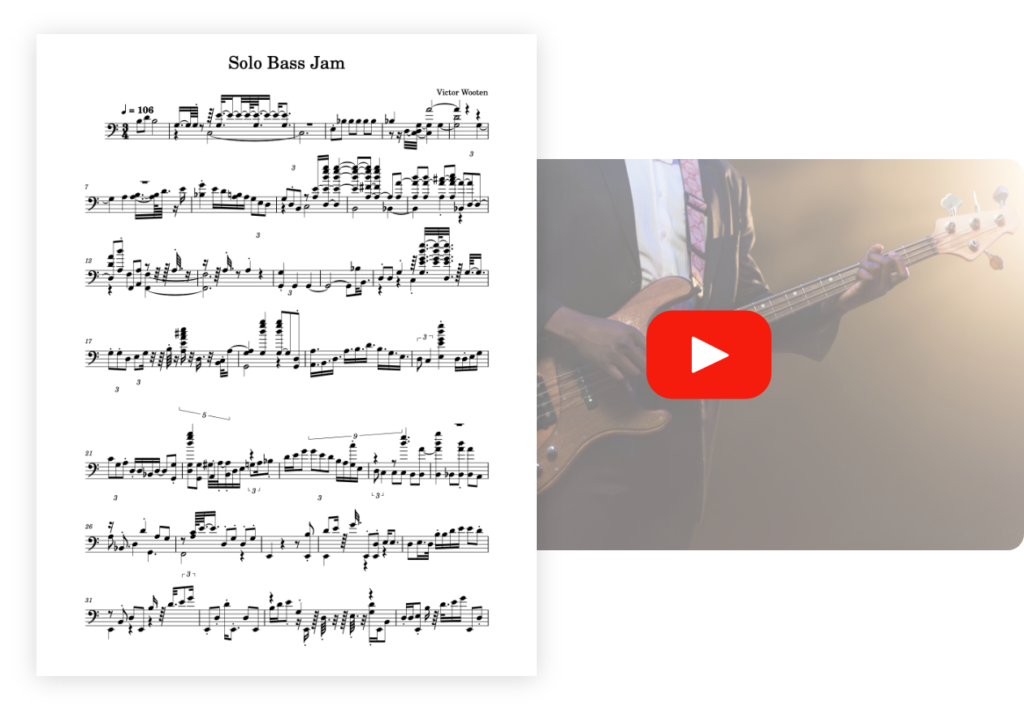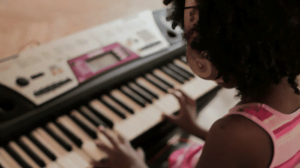Why is piano fingers placement so important?
Whether you are taught piano lessons in music school or at home, the placement of the fingers on the keyboard is fundamental when starting to play the piano. It allows you to acquire solid technical bases and good practices. By getting used to playing correctly, it will allow you in the long run:
– to use the right finger at the right time to play with more ease and fluidity;
– to avoid long silences in the music played due to large gaps in the notes;
– to have less pain in the hands and to hold longer because of the optimization of the note gaps;
– to have an aesthetic playing where the fingers are used in an optimal and logical way.
To begin in the best possible conditions, you must therefore take time at the beginning to assimilate the correct fingering on the piano.

General tips
To begin this article on finger placement, we would like to give you some general tips to get you started on the piano. First of all, you should know that the way you move your hands affects the way you play. Poor finger placement on the piano combined with a high playing tempo will cause transitions that are outside of the tempo.
It’s therefore essential that you develop good habits now and avoid pitfalls related to finger placement. Here are some of our generic tips before you start:
– Don’t let your hands get tight. Be comfortable when you play the piano and force yourself to relax your limbs.
– Include all of your fingers in the playing process so that all of them are used to having an important role.
– Avoid too much finger movement on the piano. Most of the time, a piece does not require a large finger spread when notes are played in succession on the keyboard.
– Keep your torso upright so that you have maximum ease of movement.
– Muscle your fingers while playing to get the most out of your playing.
– Do not use your thumb to play the black keys. Most of the time, the black keys are much more easily accessible via your index finger, which is longer than your thumb. To avoid too much movement and therefore discomfort in your playing, make sure you use your other fingers more to play the black keys.
Now that you have some generic tips at your disposal, let’s get down to business.

Good posture to place your fingers on the keyboard
To properly place your hands on the piano, you should rest your fingertips on the keyboard and raise your wrist slightly. Your wrist should not be under the piano but slightly above it in order to have the maximum ease in your different movements.
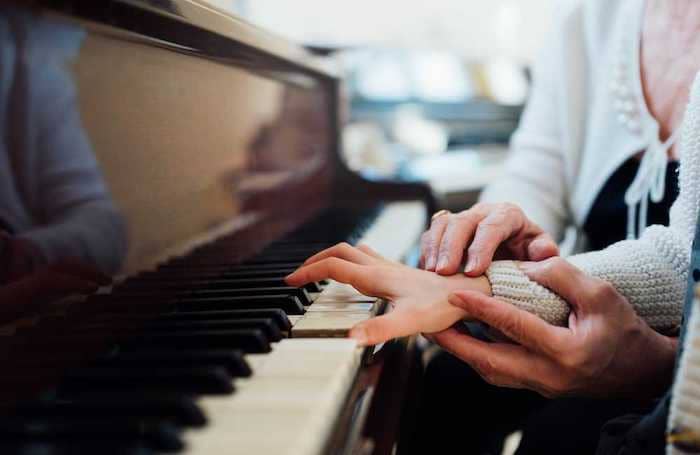
Once you have this starting position, you can start playing. It’s now important to bend your fingers to give you more agility in your movement.

The image above shows the correct position to have for maximum ease. You should have both hands relaxed and resting on the keyboard with fingers slightly extended and lightly touching the keys. The wrists should not be under the hands and under the piano.
This ideal position allows you to avoid muscular and articular pains. Indeed, if you play for a long time with a bad position of the hands and fingers, it could lead to tendonitis or other problems. This is part of the piano basics.
Let’s enter now in the logic of the finger movements.
Follow the logic imposed by the movement
When you are faced with a sequence of piano notes to play, you must ask yourself the question of the logic of the movement.
For example, when you see that notes are strung together side by side, you can simply use the next finger (or the one before if the note is lower on the piano keyboard) to play the next note.
The logic of the movement is not something mathematical, but it helps you get your bearings so you can be as comfortable as possible.
To do this, don’t hesitate, when you link several notes in a row on a passage of the song, to try several finger combinations. You will then be able to see which one you feel most comfortable with.
Piano finger numbers
There is a number technique commonly accepted in music theory for using your fingers correctly on the piano.
To do this, simply assign each of your fingers a number from 1 to 5 for both hands. Here is the number to assign for each finger:
– The thumb: number 1
– Index finger: number 2
– The middle finger: number 3
– The ring finger: number 4
– The little finger: number 5.

Numbering your fingers from 1 to 5 helps you lay the foundation for logical piano playing. It allows you to have some reference points on which to base your playing. That’s why we have also integrated this finger numbering feature into our online piano learning app.
Finger numbering is so useful that it has been adopted and applied to piano scores. This is what we will see now.
Read the fingers on a piano sheet music
Today’s piano sheet music often shows the finger numbers to be used at the location of each musical note.
On the staff, you see above each note a number from 1 to 5:
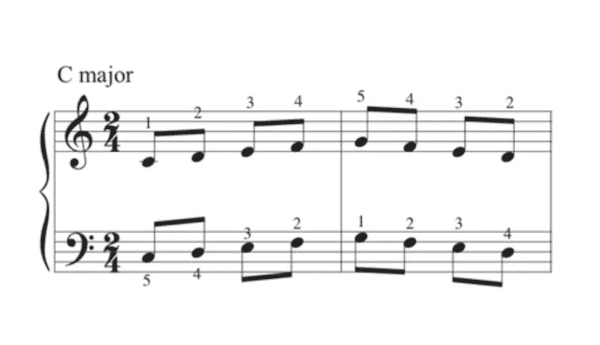
In the example above, we can notice that each note and piano chord on the staff is attached to a number, located just above. This number corresponds to the finger with which to play the note, according to the numbering we discussed in the previous section.
To differentiate the fingers of the left hand from those of the right hand, you just have to look at the two staves. The top one (called treble clef) represents the notes to be played with the right hand. The fingers attached to it are therefore those of the right hand.
On the other hand, the bottom staff (called bass clef) represents the notes to be played with the left hand.
For this score, you must play successively the notes of the right hand as follows:
Thumb – index finger – middle finger – ring finger – little finger – ring finger – middle finger – index finger.
At the same time, you must also play successively the notes of the left hand in the following way:
Little finger – ring finger – middle finger – index finger – thumb – index finger – middle finger – ring finger.
Very easy, isn’t it?
The following video provides a summary of what was covered in this section. It brings you an additional pedagogical element to understand the reading of the finger numbers on a score:
Now we will apply the finger numbering to a practical exercise well known to beginner pianists: scales.
Scales to work on your fingering
Scales are one of the most important piano exercises to work on your dexterity, speed of execution and sequences.
It’s simply an ordered and pre-defined succession of the different degrees of a musical key. In simpler terms, a scale is used to work on note sequences in a fluid manner to improve your piano technique.
But how do we train our piano fingering with scales? It’s pretty easy. We will take the most famous scale as an example: C major.
The C major scale consists of a sequence of 8 notes in a row that starts at the note C of an octave and ends with the same note of the octave above. Once you get to the eighth note, you have to go back down on the piano playing the same notes to get to the initial C (the one in the lower octave).
At first sight, this is an easy exercise. However, to work on your dexterity, each note of the scale must be played with a specific finger of your hand. Look at the score below, which represents a C major scale, where each note is assigned a finger number.

You can notice on the score above that each note of the scale is attached to a specific finger, whose corresponding number is written below the note.
For the right hand, the C major scale should be played as follows:
– Scale rise: thumb – index finger – middle finger – thumb – index finger – middle finger – ring finger – little finger.
– Scale down: little finger – ring finger – middle finger – index finger – thumb – middle finger – index finger – thumb.
When you switch from the middle finger to the thumb, you must make a slight pivot and move your thumb under your middle finger so that it can reach the next note in a fluid way, this is called the “thumb under”.
If you use your fingers in this order, you have a succession of notes played in the way that is mechanically most efficient for your sequence.
You will find that at first, this will not be easy to do, nor will it be innate. But, as you work the C major scale in a loop, it will become mechanical for you.
Working on your scales will greatly improve your fingering and piano technique. We advise you to play them assiduously in order to have the most fluid playing possible.
4 exercises to improve your piano fingers placement
In piano practice, exercises are fundamental to improve your technique. By combining several types of exercises, you can acquire solid skills that will greatly improve your playing, your fingering and your ease on the piano. In fact, many piano books offer a lot of exercises that you can use as inspiration.
To help you improve your technique, we offer you 4 piano fingering exercises.
Exercise #1: The repetition of close notes
This is the easiest of the four exercises and one of the most effective in strengthening your fingers and speed of movement on the keyboard.
Start by placing two of your fingers (any two) on two adjacent piano keys. Play them one after the other at a steady pace and with the same velocity. Once you have mastered the tempo, you can of course speed up or slow down to practice different rhythms.
As soon as you feel comfortable, switch fingers. For example, if you started with the thumb and index finger, you can choose the index and middle finger. Repeat the same exercise with these two new fingers.
Focus on the fingers you are least comfortable with on the keyboard (usually the ring and little fingers).
When you start playing the piano, it is important to begin each session with an exercise of this type to strengthen your fingers and get them used to linking movements one after the other.
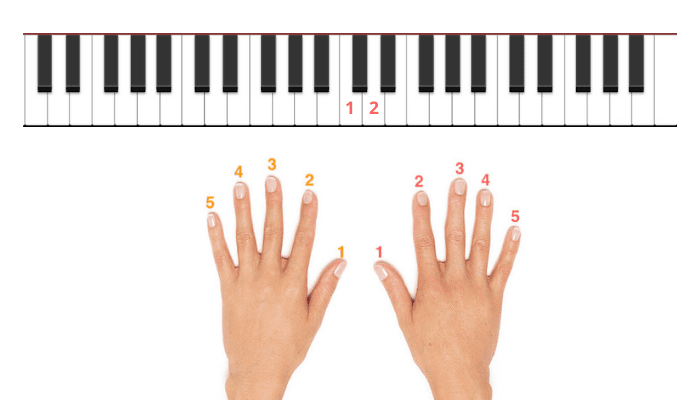

Exercise #2: The repetition of distant notes
For this piano fingering exercise, the principle is more or less the same as the previous one: you have to play two notes one after the other in a loop with two fingers. The difference is mainly on the distance between these two notes.
In the previous exercise, the notes were located next to each other. In this exercise, the notes must have a larger gap (also called “interval” in music theory) and must be played by two fingers that are not next to each other.
Let’s take as an example the C of an octave and the C of the higher octave (separated by 7 white keys). To play the two notes consecutively without moving your hand, you will have to play them with your thumb and little finger.

Playing these two notes consecutively with your thumb and little finger may cause your hand to hurt. To fluidify your movement and avoid being too tense on exercises or songs requiring large finger spreads, we advise you to make swinging movements with your wrist. Swing your wrist slightly to the right when you press C with your little finger, and to the left when you press with your thumb.
For this exercise, you can choose the distance you want between the two notes. But for it to be really effective, we advise you not to go below 4 notes between the two notes you play consecutively.
Exercise #3: Work on your thumb under
For this third exercise, we are going to focus on a technical notion that we briefly discussed in our section on scales as a method of improving piano fingering: the “thumb under”.
Thumb under is a technique that consists of putting your thumb under another finger (usually the middle finger) in order to be able to press the note located higher on the piano keyboard. This technique is used to be able to play a succession of notes without sudden stops, silences or other inconveniences related to the movement of the hand.
If we take again the example of the C major scale, the thumb under must be done after playing the 3rd note of the scale with the middle finger. The thumb then goes under the middle finger to play the 4th note of the scale. This is followed by a hand replacement that allows you to continue the scale note by note to the little finger.

This technique is frequently used when you have to play songs where the notes follow each other quickly. This is why it is important to work on it in order to be able to play fast and more complex songs without rhythmic errors.
Exercise #4: Work on your finger over
Like the thumb under, the finger over is a technique widely used by musicians to improve their piano playing.
The finger over is very similar to the previous exercise. It consists in passing one of the fingers over another, generally during a sequence of notes that goes down (to the left) on the piano. It allows you to play a series of notes continuously without interruption of tempo or sound, which is very practical on songs or very fast exercises.
To better understand how it works, let’s use the example of the C major scale again.
In the previous exercise we saw an ascending scale, i.e. a scale where you have to go up one note after the other. When we go up in a scale, we need the thumb under.
Here we will see the opposite: a descending scale, i.e. a scale where we have to descend one note after the other.
In a descending C major scale, the finger over must be done after playing the first 5 notes with all fingers (from the little finger to the thumb). Once you reach the 5th note (F), you are on the thumb. How to continue to descend without hindering the fluidity of your movement? By using the finger over! You have to pass your middle finger over your thumb so that it plays the note just below it (the E). Then put your face back to the piano and continue to descend the scale with your index finger then your thumb.

As for the thumb under, the finger over is used to play in continuity without disturbing your movements. Everything becomes fluid.
We advise you to work well on this technique in order to be able to play with the most agility and dexterity possible!



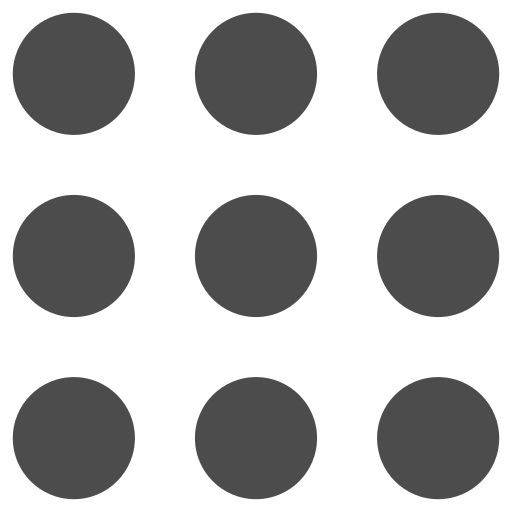
 PianoConvert
PianoConvert
 GuitarConvert
GuitarConvert
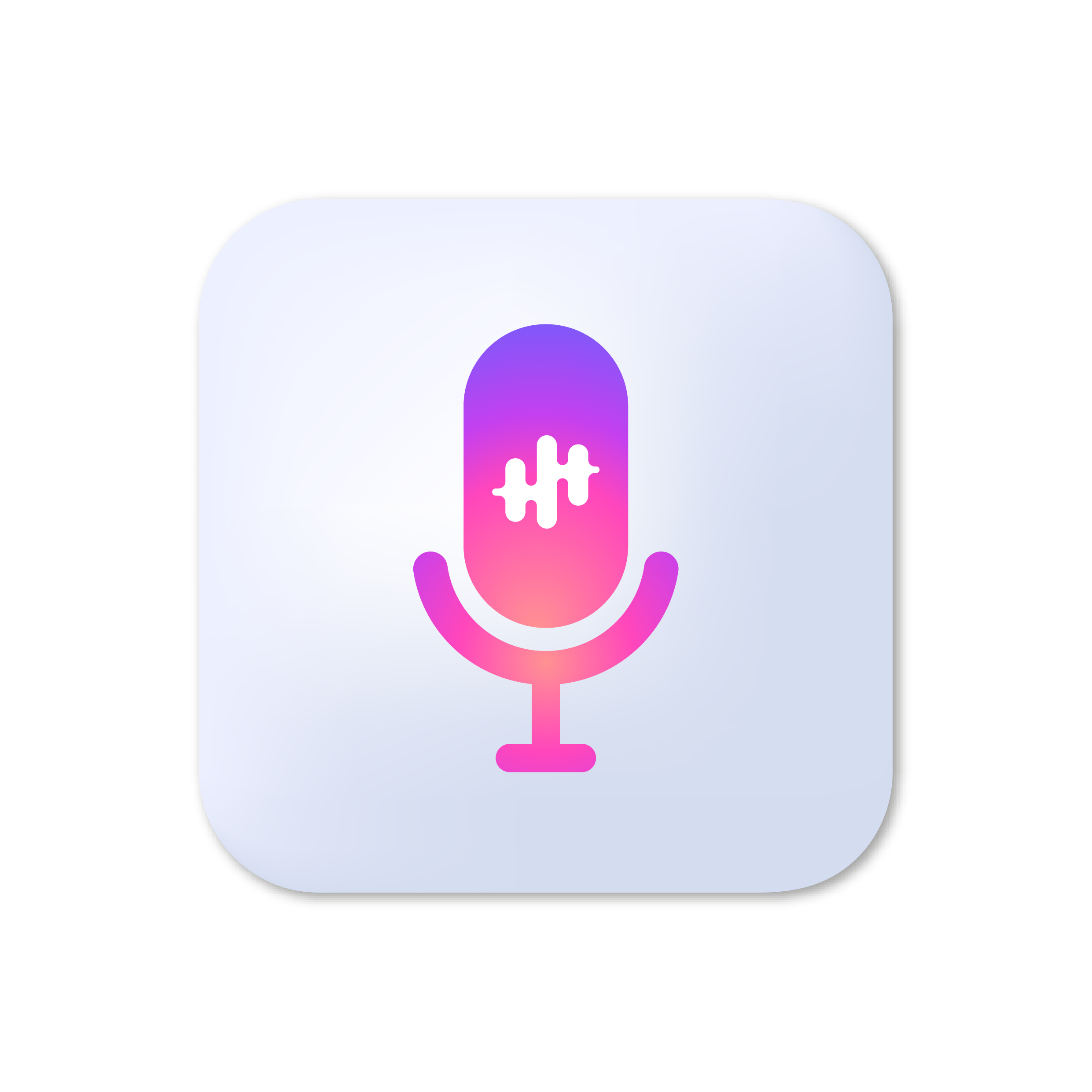 SingConvert
SingConvert
 BandConvert
BandConvert
 DrumConvert
DrumConvert
 ViolinConvert
ViolinConvert
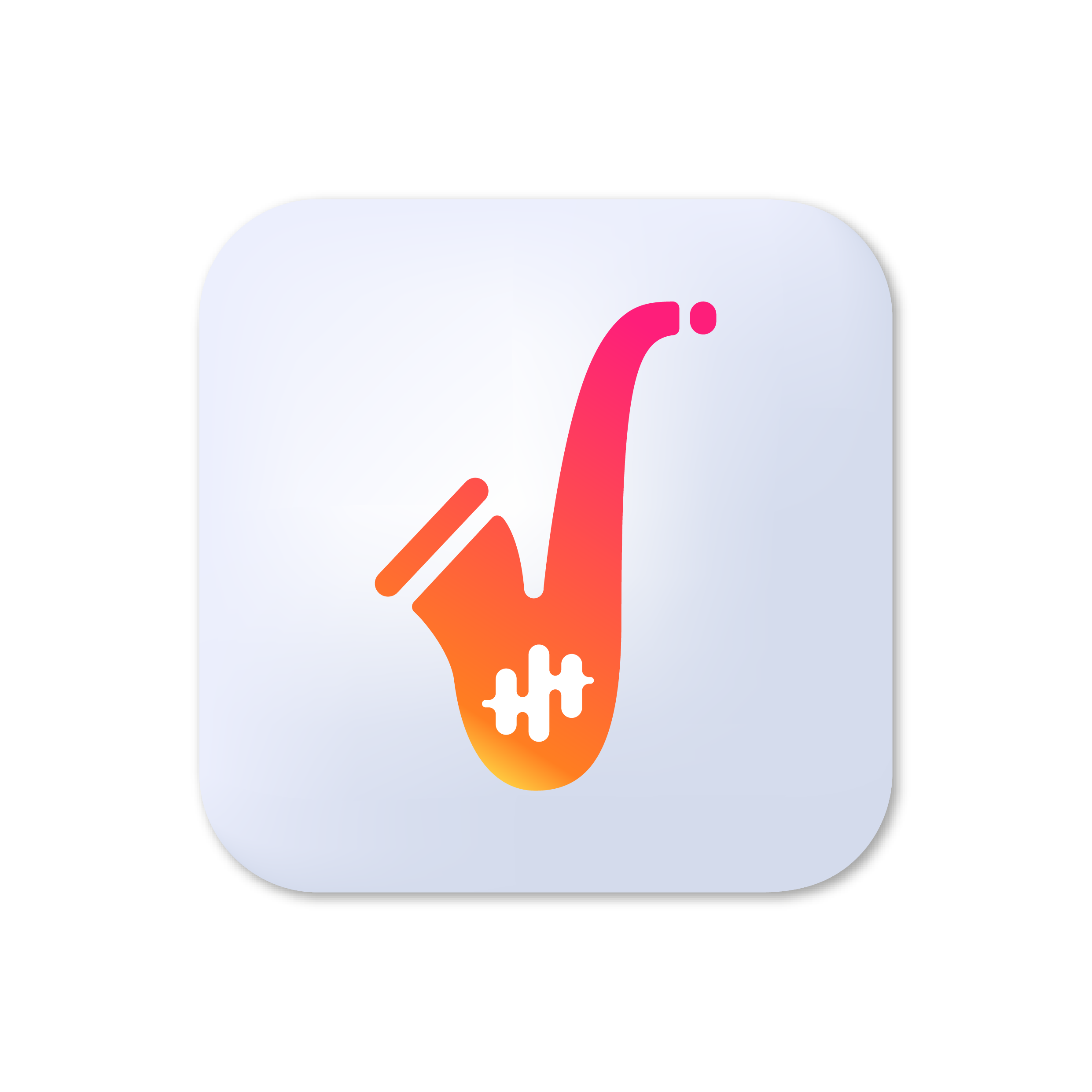 SaxConvert
SaxConvert
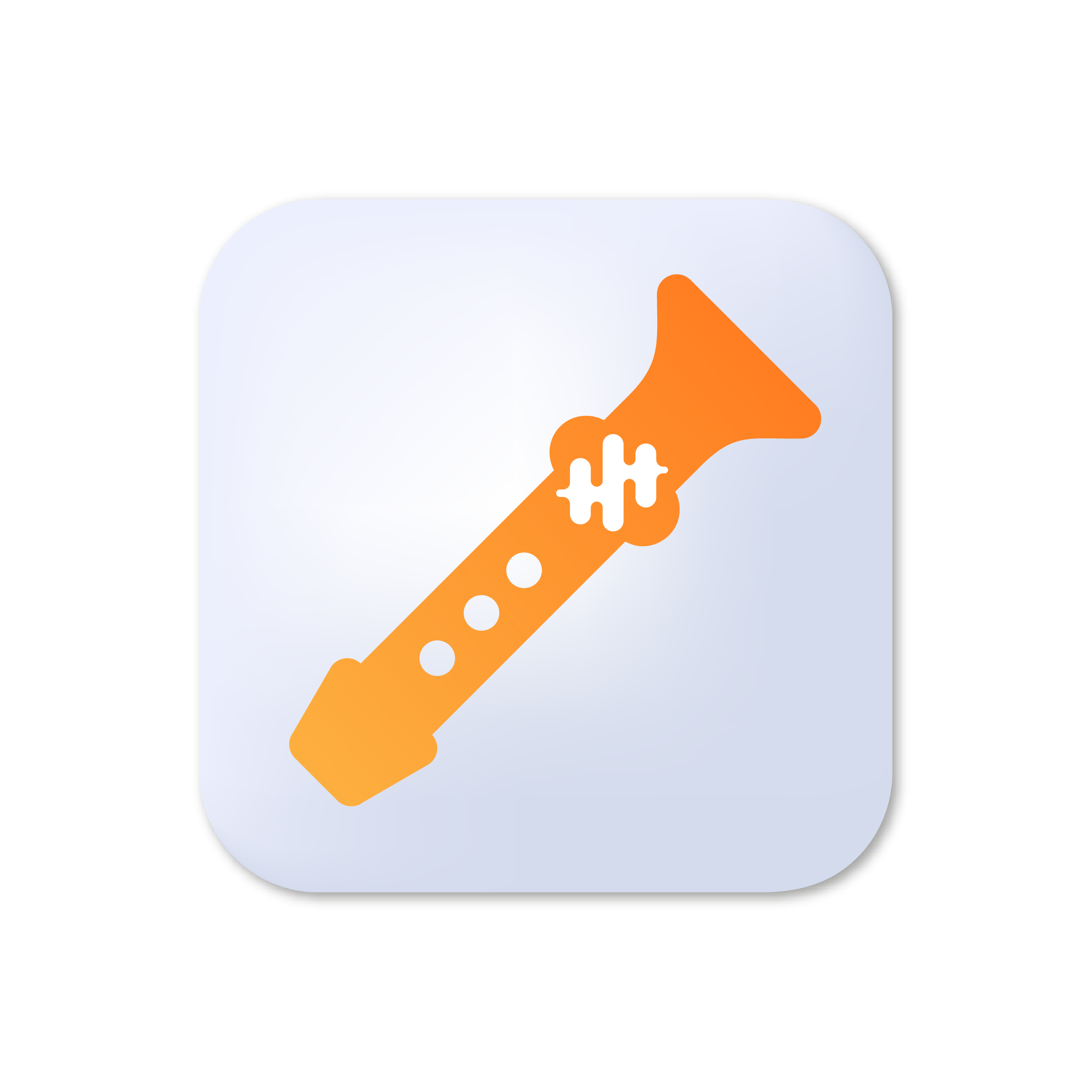 FluteConvert
FluteConvert
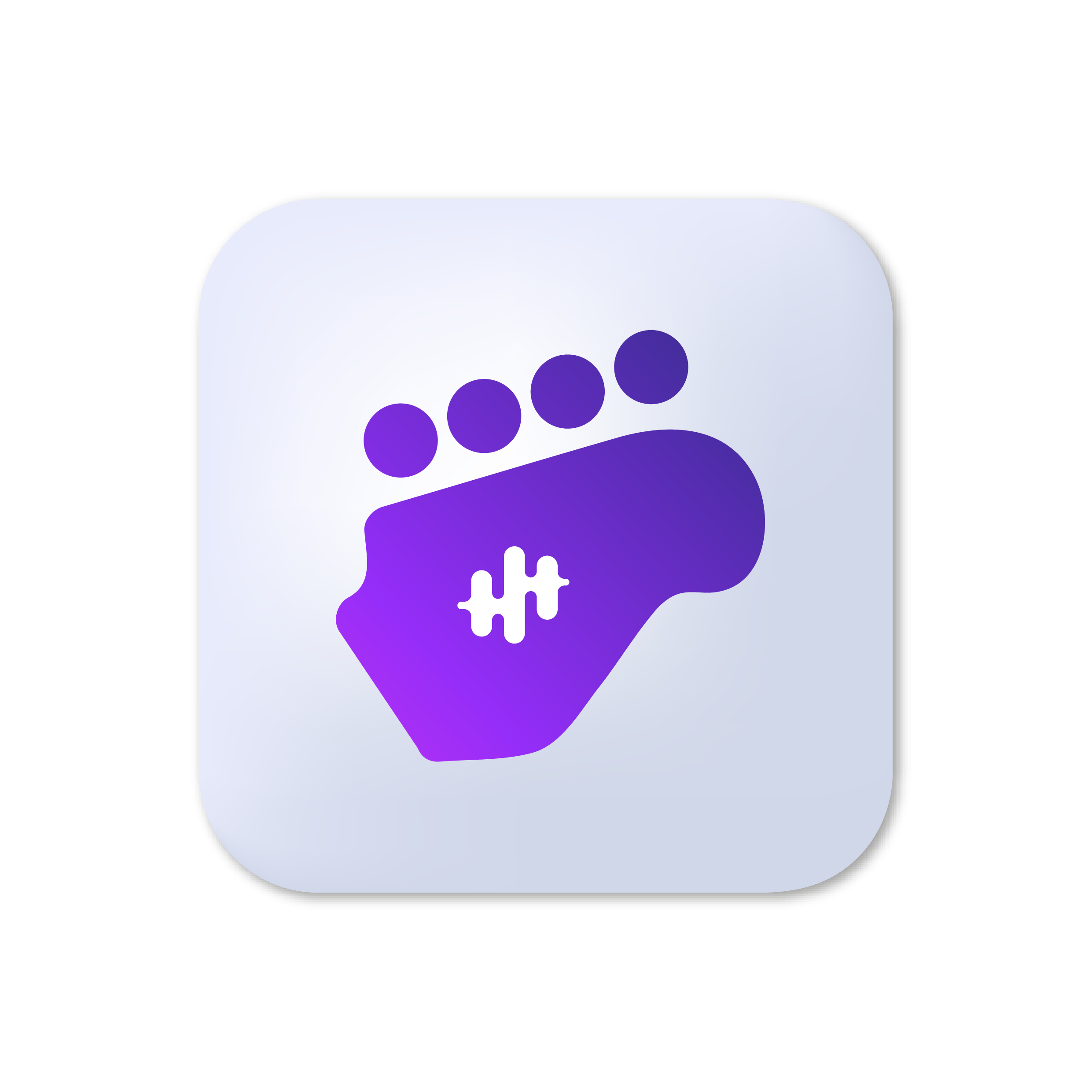 BassConvert
BassConvert
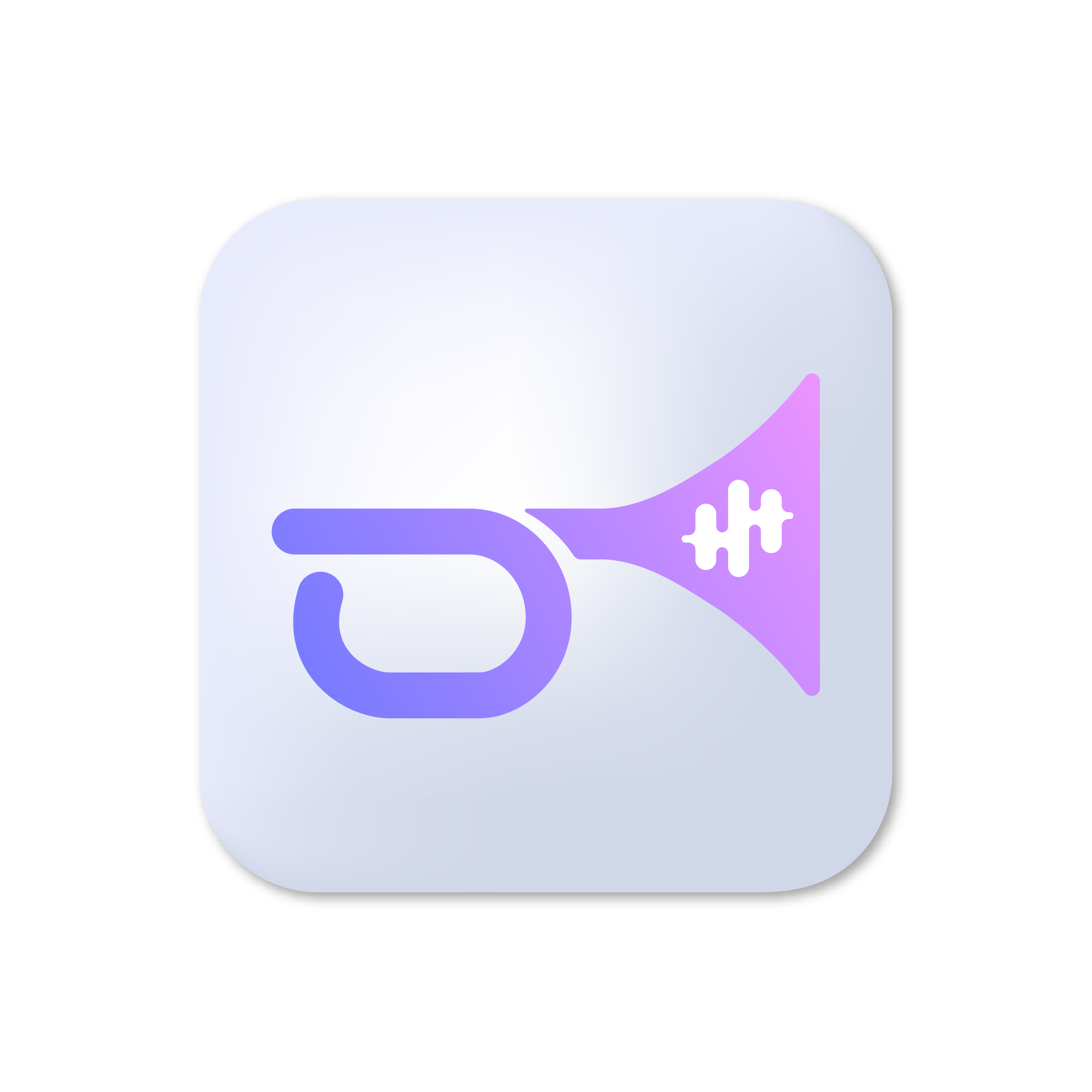 TrumpetConvert
TrumpetConvert
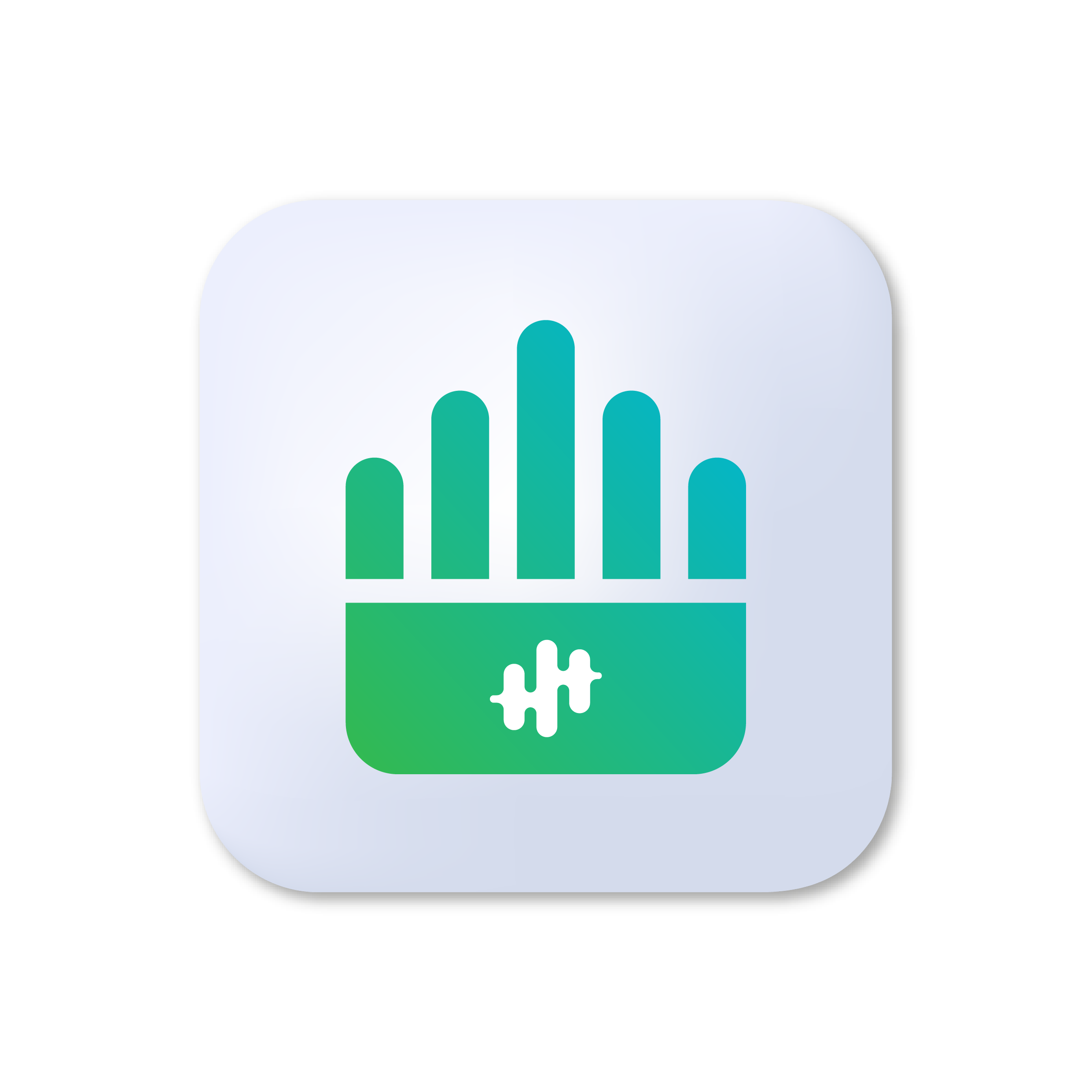 OrganConvert
OrganConvert
 PianoGo
PianoGo


